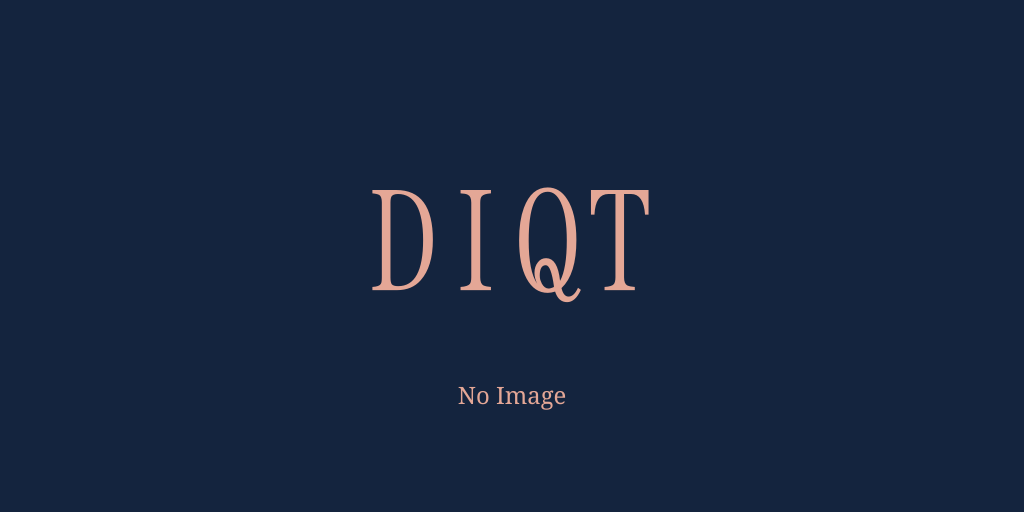The new government also had big plans for rejuvenating Britain's war-torn economy.
Yum! This apple pie is delicious!
The conversazioni are of all sorts, from the conversazioni of the rigid proprietarians, where people sit down to a kind of hopeless whist, at a soldo the point, and say nothing, to the conversazioni of the demimonde where they say any thing.
The Auer or Ure ox or European Bison, (bos urus, bonasus, bison,) is one of the largest oxen, and distinguished by a curly manelike product about the head and neck, by a very broad, arched forehead, and by moderate horns situated far apart, and being curved inward and upward in the shape of a crescent.[…]Some extracts from his work are here presented, because the opinion hitherto prevailing in certain circles that our common cattle were the offspring of the Ure; but according to these extracts it will be seen that several striking anatomical differences are found to exist between the Ure and our common cattle.[…]The Ure has fourteen vertebræ, and as many pairs of ribs, or one pair more than common cattle, but has only five lumbar vertebræ of which the common cattle have six.[…]In the old Ure, there was found in the midst of the two seminal passages, vessels, a single duct, shaped somewhat like a bag, one inch in diameter and four and a half inches in length, which is divided in front and at the top into two arching branches, like the horns of the uterus of the cow, extending as channels of 3 to 4 inches in width to the testicle, and there terminating in a cul-de-sac.[…]From the above it appears that the origin of the domesticated cattle and their original native country is, as yet, not fully ascertained. Formerly the ure was considered the parent of the same, but this is improbable on account of the anatomical differences between the ure and the common cattle.





